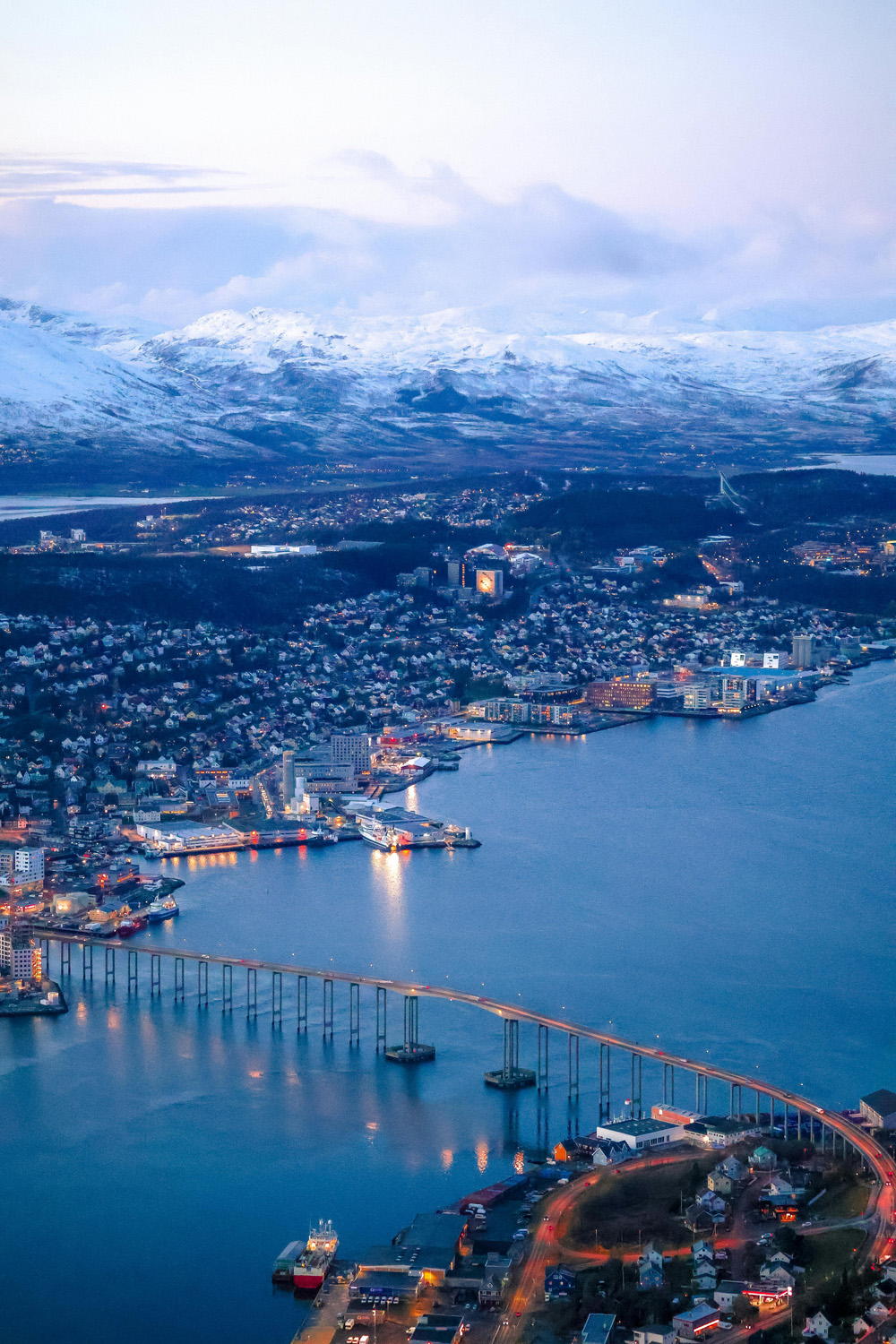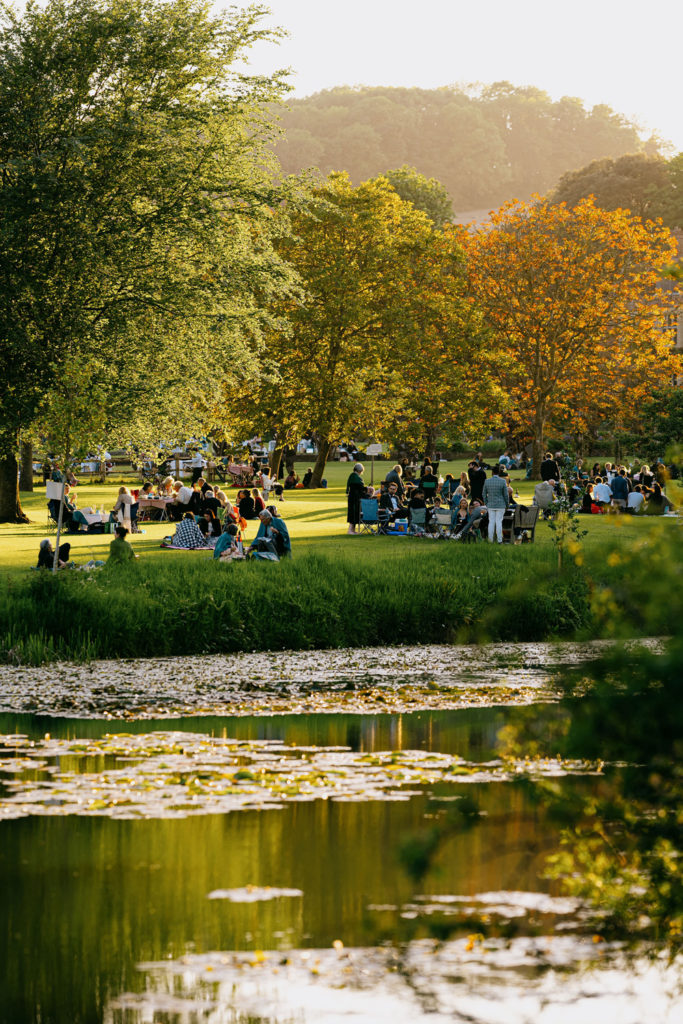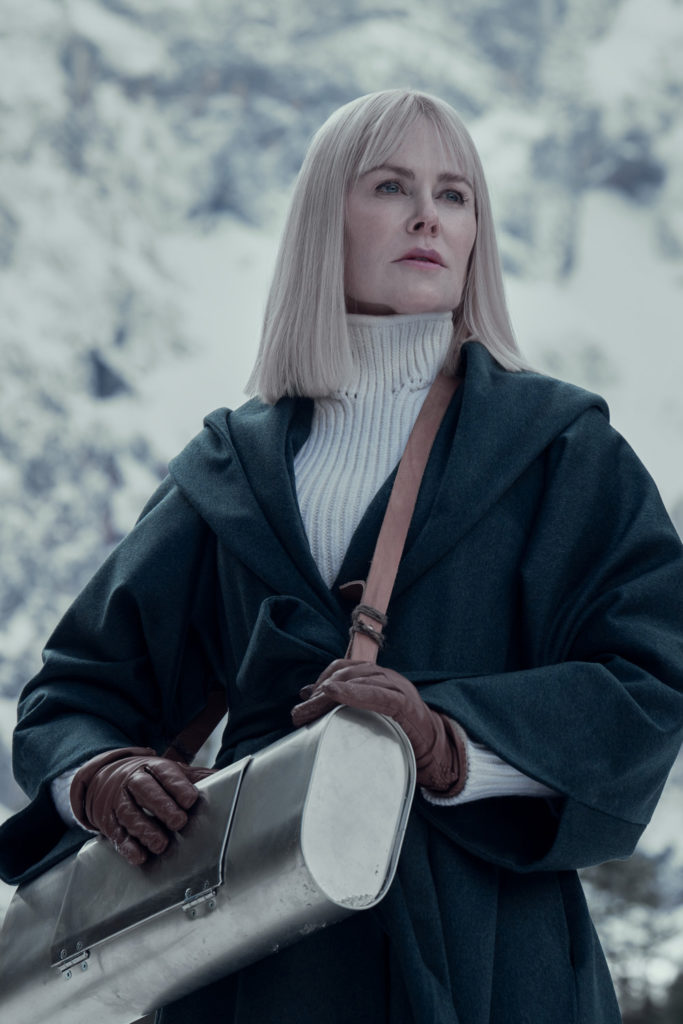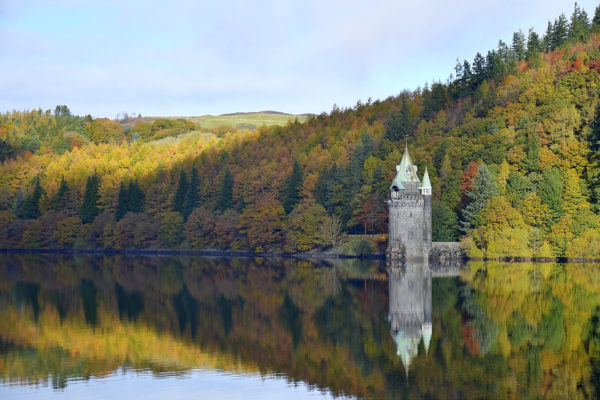
It’s The Shortest Day Of The Year This Weekend
By
4 months ago
Here's why the winter solstice happens
It feels like only yesterday that the clocks went back, and it’s already time for the shortest day of the year. Also known as the winter solstice, the gloominess can feel like an omen – but it’s actually a harbinger of lighter, longer days as we emerge from the bleak midwinter and slowly creep into spring. Here’s what you need to know.
When Is The Shortest Day Of The Year?
The shortest day of the year is Saturday 21 December 2024 in the northern hemisphere. Also known as the winter solstice, hibernal solstice and the December solstice, the shortest day always happens around the same time: 21, 22 or 23 December.
In the UK, the sun will rise at 8.03 AM and set at 15.53 PM, while the actual moment of the solstice will happen at 9.21 AM (more on that below).
How Many Hours Of Daylight?
Brits will experience approximately 7 hours and 50 minutes of daylight on 21 December (or, to be really precise, 7 hours 49 minutes and 42 seconds). For contrast, the longest day of the year, the summer solstice, sees approximately 16 hours and 38 minutes of daylight.
Why Is It The Shortest Day?
The winter solstice occurs when Earth’s north pole reaches its maximum tilt away from the sun. This will happen at 9.21 AM on Saturday 21 December 2024, when the tilt is at its maximum and the sun is at its lowest point in the sky.
The position of the north and south poles in relation to the sun is what guides all of our seasons: winter is when we are furthest from the sun, making for colder temperatures and shorter days, while summer is when we are closest, ushering in warmer temperatures and lengthy daylight hours.
What Happens At The North Pole?
The winter solstice signals a turning point in the North Pole. However, the so-called shortest day of the year is even gloomier here: the Arctic Circle has experienced Polar Night since November, meaning there are no daylight hours at all and the sun never rises. This phenomenon is experienced by nations at high latitudes, including Canada, Greenland, Finland, Russia, Sweden, Norway and US state Alaska.
In the Antarctic, the opposite is happening: Polar Day, or midnight sun, where the sun never sets.
Is It The End Of Winter?
No, the shortest day sadly does not signal the end of winter. The opposite, in fact: 21 December is the first day of winter, and the weather is only set to get colder. Contrary to popular belief, winter temperatures reach their lowest point in January and February, especially in coastal areas. December can feel gloomier, though, thanks to autumn’s stormy weather.
Something to look forward to: after the winter solstice, the nights get shorter and the days get longer once again, meaning earlier sunrises and later sunsets as we head into 2025.
What Happens In The Southern Hemisphere?
During the northern hemisphere’s winter solstice, the southern hemisphere experiences the summer solstice: the longest day of the year, with the shortest night. Because the southern hemisphere is guided by the south pole, the countries here experience the opposite of what is going on in the northern hemisphere. This means while our daylight hours are about to get longer, the southern hemisphere’s days are about to get shorter.
Future Dates To Know
In 2025, the shortest day will happen on Sunday 21 December, and again on 21 December in 2026 (this time it’s a Monday, though). In 2027, the shortest day will shift to 22 December, before moving back to 21 December in 2028.







